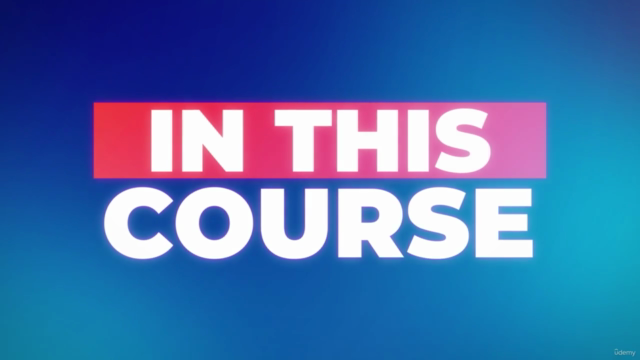React Native and React with NodeJS, MongoDB | React JS 2022

Why take this course?
JavaScript is indeed a cornerstone of modern web development, enabling interactive and dynamic user experiences on the web. It has evolved from primarily a client-side scripting language to a full-fledged programming language capable of building entire applications, both on the client (frontend) and server (backend) sides.
When it comes to choosing between React, Angular, and Vue, each has its strengths and best use cases:
-
React: Developed by Facebook, React is known for its performance, scalability, and a large ecosystem. It's component-based and uses a virtual DOM to update the UI efficiently. React hooks and context API have made function components more powerful and easier to manage state without classes. It's great for projects where you want a library that can scale with the size of your application, and it's particularly well-suited for single-page applications (SPAs).
-
Angular: Maintained by Google, Angular is a robust framework that provides a full structure for building complex applications. It comes with a lot of built-in features like dependency injection, form handling, routing, and state management out of the box. Angular is a good choice if you need an all-encompassing solution where maintainability, large teams, and TypeScript are important.
-
Vue: Vue.js is known for its simplicity, gentle learning curve, and high performance. It's particularly well-suited for small to medium-sized projects. With Vue CLI, developers can quickly set up a new project with a lot of the boilerplate work already done for them. Vue is often praised for its reactive and composable data flow model, making it very flexible.
JSON (JavaScript Object Notation) is a lightweight data-interchange format that is easily readable by humans and machines. It's widely used as a data format because it's language-independent, easy to understand and write, and has a simple and consistent structure for exchanging structured data over the web. JSON is used in RESTful APIs, where it serves as the primary format for sending and receiving data between clients and servers.
As for the course you've described from OAK Academy, it sounds like a comprehensive introduction to React. Starting with the basics and progressing through to more advanced topics, including React Native and integration with backend technologies like NodeJS and MongoDB, this course seems designed to provide a well-rounded education in React for both web and mobile development. The focus on best practices and real-world application is particularly valuable, ensuring that students not only understand the concepts but also how to apply them effectively in professional projects.
The commitment to high-quality video and audio production, lifetime access, support, and a certificate of completion are all excellent reasons to consider this course as a starting point for learning React. The use of popular and free tools means that students can follow along without incurring additional costs, which is a significant advantage.
If you're interested in learning React and potentially expanding your skills into React Native, NodeJS, and MongoDB, this course could be a great step forward in your journey to becoming a full-stack developer. The combination of video content with hands-on exercises will help solidify your understanding and give you practical experience that is crucial for real-world development work.
Course Gallery




Loading charts...